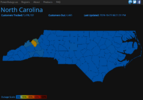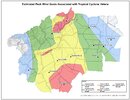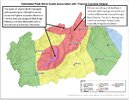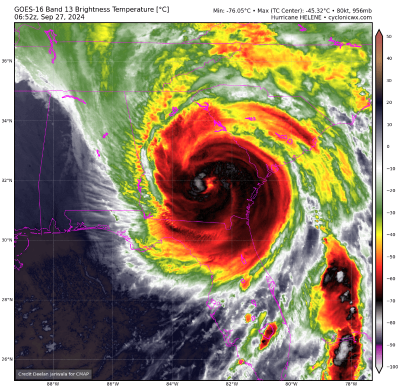severestorm
Member
i hope you are right. I wanna go out and enjoy downtown again. Nothings open. Not even grubhub or uber eats.They finished the main line repair below North Fork today. Sedimentation in the North Fork and additional downstream line repairs are issues, perhaps weeks but not months until water returns.










